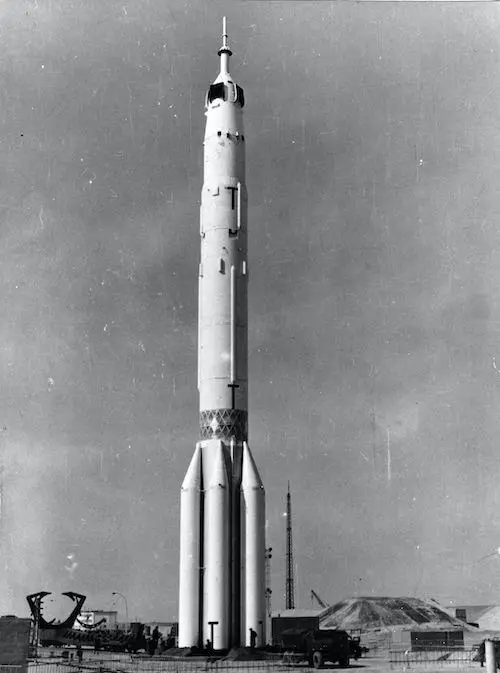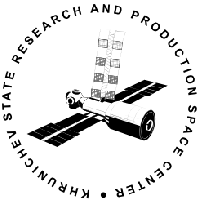Luna 24
Launch Success
Liftoff Time (GMT)
15:04:12
Monday August 9, 1976
Mission Details
Luna 24
Luna 24 was a robotic probe of the Soviet Union's Luna programme. The last of the Luna series of spacecraft, the mission of the Luna 24 probe was the third Soviet mission to return lunar soil samples from the Moon (the first two sample return missions were Luna 16 and Luna 20). The probe landed in Mare Crisium (Sea of Crises). The mission returned 170.1 g of lunar samples to the Earth on 22 August 1976. Luna 24 was based on the Ye-8-5 spacecraft body, consisting of two attached stages, an ascent stage mounted on top of a descent stage. The lander stood 3.96 meters tall and had an unfueled landed mass of 1880 kg. With a full load of fuel its launch mass was between 5600 and 5750 kg. The descent stage was the same as the Ye-8 lower stage for the Lunokhod rovers, a cylindrical body with four protruding landing legs, fuel tanks, a landing radar altimeter, and a dual descent engine complex. The main descent rocket, the KTDU-417, was a throttleable 1920 kg thrust engine used for mid-course corrections, orbit insertion, braking for descent to the surface, and to slow the craft until it reached a cutoff point which was determined by the onboard computer based on altitude and velocity. After cutoff a bank of lower thrust (210 and 350 kg) vernier jets was used for the final landing. The descent stage also acted as a launch pad for the ascent stage. The spacecraft descent stage was equipped with a television camera, radiation and temperature monitors, telecommunications equipment, and a 90 cm extendable arm with a drilling rig for the collection of a lunar soil sample. Communications were via a conical antenna at the end of a boom at 768 and 922 MHz (downlink) and 115 MHz (uplink).
Trans Lunar Injection
1 Payload
5,797 kilograms
Rocket


Manufacturer
KhrunichevRocket
Height: 56.14m
Payload to Orbit
LEO: 18,900 kg
GTO: 9,000 kg
Liftoff Thrust
8,840 Kilonewtons
Fairing
Diameter: 3.9m
Height: 8.9m
Stages
4
Launch Site
Stats
Proton-K
53rd
Mission
2nd
Mission of 1976
Khrunichev State Research and Production Space Center
1048th
Mission
59th
Mission of 1976
1976
82nd
Orbital launch attempt